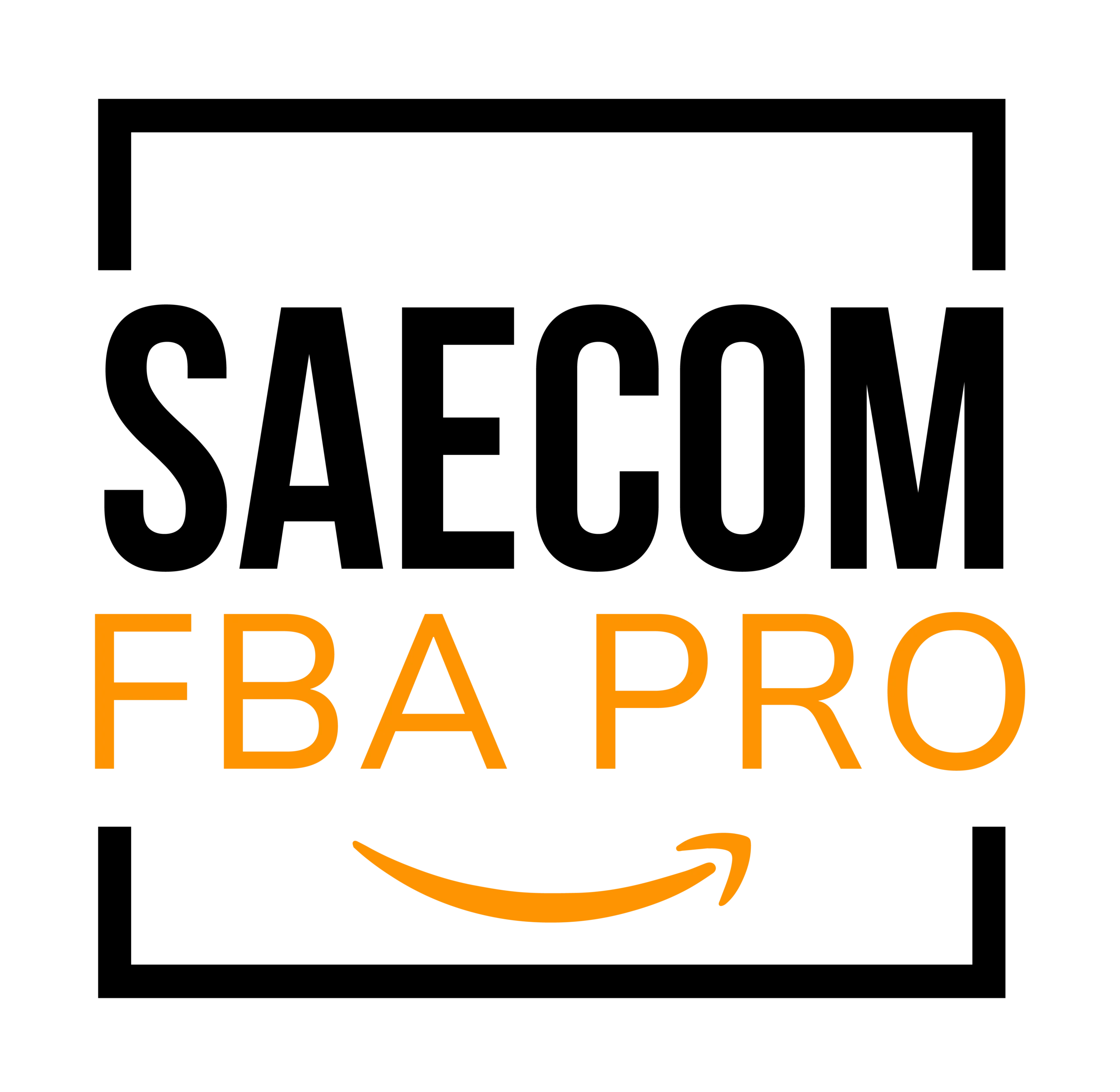Mastering SEO for Increased Visibility on Amazon

There’s arguably an urgent need these days to stand out in the overcrowded Amazon marketplace. Search Engine Optimization (SEO) is for more than just Google—it’s the critical part of how one gets their product in front of consumers on Amazon, too.
Understanding and mastering Amazon’s SEO, with the millions of sellers and billions of products hosted on the platform, can do wonders for the visibility of your products, increasing traffic to your listing, and boosting sales.
In this blog post, we take a further look into the subtleties of Amazon SEO by breaking down its A9 Algorithm, bringing out strong approaches around keyword research, and giving product listing optimization tips for action towards gaining ranking and visibility and hence more sales.
Let’s discuss these in detail.
Decoding Amazon’s A9 Algorithm
The search result ranking is done using the A9 Algorithm of Amazon as a backbone to index and rank the search results. Search ranking mainly takes relevance and performance into consideration, contrary to the other traditional search engines.
Relevance measures how fit a product is to make a user query based on keywords presented in the listing’s title, description, and backend search terms. The performance will measure how the product has sold well in the past, and it will look at the conversion rate, price, and customer reviews.
Understanding these factors is essential in crafting an SEO strategy that aligns with how Amazon ranks products.
Effective Keyword Research
Keyword research is the foundation of a successful Amazon SEO strategy. Use Amazon tools such as the search bar suggestions, Keyword Tool, or Helium 10 to identify high-volume keywords that match your products.
The essence is that you put yourself in the shoes of the customer and hence use the keywords that users would normally search for – keeping in mind the search intent.
The addition of these keywords carefully to the product listing—especially to the title and bullet points—will help in realizing a wider set of customer search terms and its resultant visibility increment within Amazon.

Optimizing Product Listings for SEO
A compelling product title is your first opportunity to capture a potential buyer’s attention.
It should be informative, including key attributes like brand, product type, key features, and size or quantity. Bullet points enable you to show the features of your product and the benefits for them.
They underline a solution of how the product may solve a problem that the customer has or fulfill certain needs that the customer is demanding. Please do describe in the product how the product is used and the benefits derived from the product; any other needed information that would persuade a buying decision.
Do not underplay the power of the backend search terms. This is a good place for you to add those keywords not used in your visible listing without keyword stuffing.
Leveraging High-Quality Images and Videos
Pictures and videos are very important for turning browsers into buyers on Amazon. There should be clear pictures showcasing the product well to increase the appeal.
Include multiple angles and use images to answer common customer questions about size, scope, and usability. The video takes it one step further by offering a dynamic view of the product in action, showing off uses and benefits in ways that even the most detailed images and text cannot.
The multimedia elements are intended to increase SEO with an increase in engagement and conversion rate, providing a more convincing shopping experience to customers with an enriched feel.
Managing Customer Reviews and Ratings
Ratings and reviews from customers have a great impact on Amazon’s SEO ranking and, therefore, on the buyers’ purchase decisions. It mostly works in the products that have high ratings and more reviews, which tend to rank better – it comes off as being more reliable and of quality.
Consequently, they elicit more clicks and conversions. It is, therefore, recommended that sellers should follow up with buyers courteously to leave feedback.
Respond to negative feedback professionally and in a time-conscious manner, stating solutions to the customer’s concerns. This not only mitigates the impact of a bad review but also demonstrates excellent customer service.
Utilizing Amazon SEO Ads for Enhanced Visibility
Furthermore, Amazon offers very compelling advertisement features for Sponsored Products and Sponsored Brands. And, which may place your product in front of a very large audience. These are paid campaigns that drive instant traffic to your listings. And, in so doing, complement your efforts in organic SEO.
Targeting with keywords and demographics can also show your products to potential purchasers.
The campaign is set up by selecting the keywords that narrow down the ad to the target audience. Setting a budget, and monitoring its performance by adjusting the bidding to the best results.

Monitoring Performance and Adjusting Strategies
Tracking your SEO performance on Amazon is key to understanding the effectiveness of your strategies. Use tools and metrics—like search term reports and performance dashboards. That Amazon Seller Central gives for the measurement of how well your products can rank for targeted keywords.
Find trends from data to spot what works and areas to improve on further.
Continue to optimize based on performance data to help ensure that you are getting the highest visibility for your products. And growing sales levels over time.
Conclusion
Furthermore, discussed above are the only ways to master SEO on Amazon and stand out from millions of other entrepreneurs.
Knowing the algorithm of Amazon A9, doing great keyword research, and writing well-designed product listings. And, managing customer reviews, using Amazon ads, and monitoring both of these actions. All the time will play a critical role in the much-deserved success of the platform.


